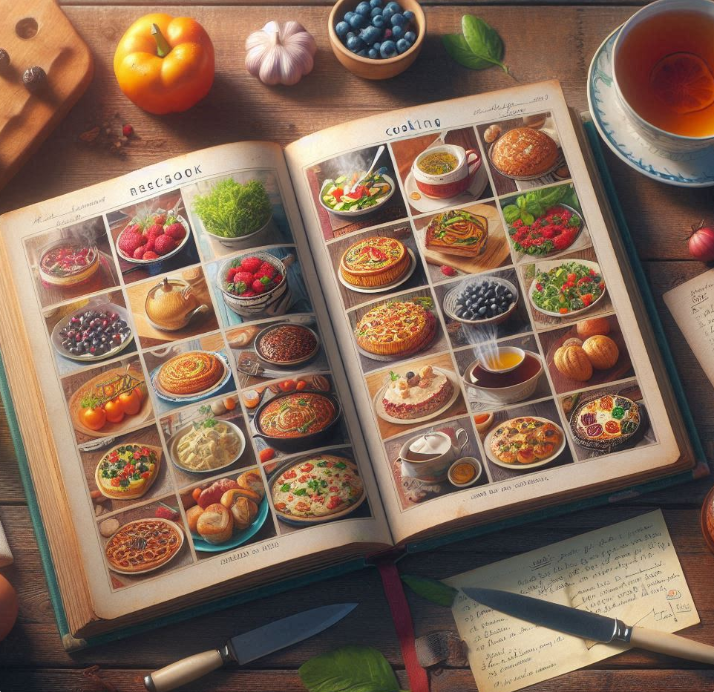Valerie’s interview with Dr. Remi Kalir of Duke University was, for me, the most interesting one yet! He spoke of social annotation – reading and writing collaboratively – and gave many thought-provoking examples that I have never thought about as annotation. His cookbook example, for instance, really made me think. I also have an old cookbook that I have made many notes in – addressing what worked and what didn’t, as well as other substitution ideas. I wonder if one day my son or daughter will go through that book and read my annotations…. I wonder if they will add their own observations and keep the cookbook going. This idea also reminds me of an old recipe card my mother had for chocolate chip cookies. She would take it out at Christmas time – the only time she made cookies – and I would marvel at her super neat kindergarten teacher writing, my own being chicken scratch. I wonder if she still has it….

This also makes me think about the old Side-by-Side or ExpressWays class sets in my classroom. In the past, I would see where students had written in a translation as an assault to the book, but now looking at it through a social annotation lens, I see it more as information sharing or the passing on of knowledge….
My in-laws visited from Japan this past spring break and I asked them to bring me some tea from my favorite tea shop in Japan – Lupicia. They brought me a book of spring teas! And I just noticed that inside the outer case, which opens like a book, there is a smaller book with information about each tea. There is a space to write in the date and notes about the teas – I cannot wait to annotate!

Dr. Remi mentioned inter-textuality – the relationship between different texts and how they influence or interact with each other. This made me think of layers of meaning and the ability to look back and reflect. He mentioned that annotation is multimodal – we read and make sense of how different texts are occupying a shared space, and he said that social annotation makes discussion proximal, contextual and anchored. The text becomes the collaboration, and we then construct knowledge together. All of this really resonates with me and my love of doing photovoice or photovention activities with my students as a way of getting them to share their lived experiences and voices. This connection was strengthened when Dr. Remi said that social annotations can create a sense of community and engage diverse perspectives.

One word that Dr. Remi used stuck out – marginalia! It seems quite obvious, but I really don’t think I have considered this word before. Copilot says it is the notes, comments, doodles, or annotations made in the margins of a book, manuscript, or other text. These markings can range from simple underlining or highlighting to detailed observations, criticisms, or even unrelated sketches. Marginalia provide insight into the reader’s thoughts, interpretations, or reactions to the text. I have been creating marginalia all my life and never knew there was a special name for it.


Recent Comments